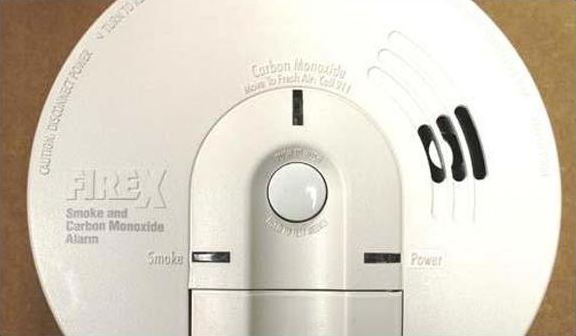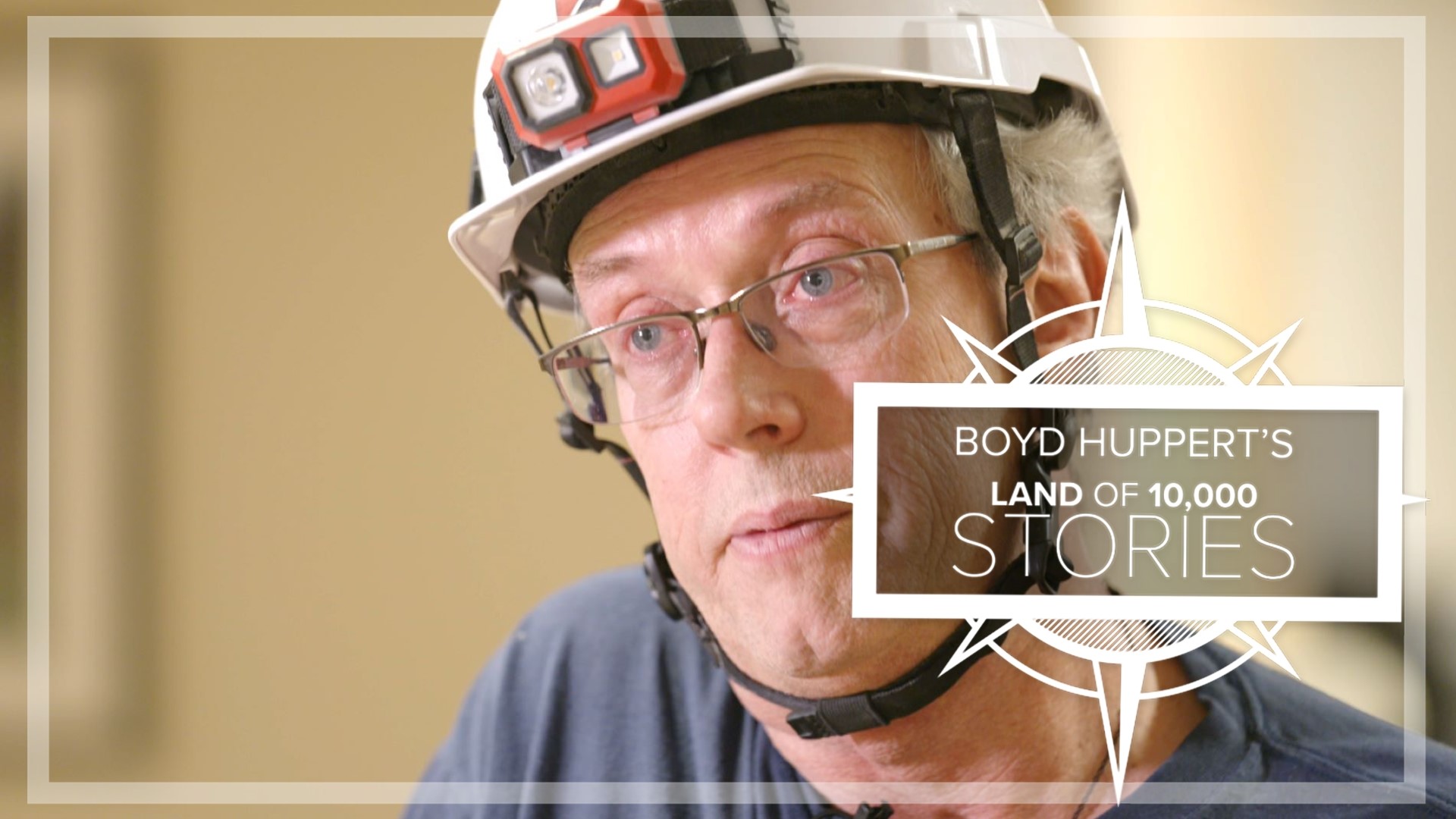GOLDEN VALLEY, Minn. - With cold weather, comes the increase use of wood-burning stoves or gas cooking ranges or even fireplaces.
However, there is a hidden danger in these heat options and it happens when too much carbon monoxide accumulates in an enclosed, poorly ventilated space.
Dr. Charles Lick, Medical Director for Allina Health EMS, joined KARE 11 News at 4 with what to look for if we suspect carbon monoxide poisoning.
The following is from Allina Health:
DEFINITION
Carbon monoxide is an odorless gas that causes thousands of deaths each year in North America. Breathing in carbon monoxide is very dangerous. It is the leading cause of poisoning death in the United States.
This is for information only and not for use in the treatment or management of an actual poison exposure. If you have an exposure, you should call your local emergency number (such as 911) or a local poison control center at 1-800-222-1222.
Expectations (prognosis)
Carbon monoxide poisoning can cause death. For those who survive, recovery is slow. How well a person does depends on the amount and length of exposure to the carbon monoxide. Permanent brain damage may occur.
If the patient still has impaired mental ability after 2 weeks, the chance of a complete recovery is not very good. Impaired mental ability can reappear within the first 1-2 weeks in those who have been symptom free for a short while.
Home Treatment
If the person breathed in the poison, immediately move him or her to fresh air. Seek immediate medical help.
PREVENTION
Install a carbon monoxide detector on each floor of your home. Place an additional detector near any major gas-burning appliances (such as a furnace or water heater).
Many carbon monoxide poisonings occur in the winter months when furnaces, gas fireplaces, and portable heaters are being used and windows are closed. Make sure you have any heaters and gas-burning appliances regularly inspected to make sure they are safe to use.
Poison Control, or a local emergency number
In the United States, call 1-800-222-1222 to speak with a local poison control center. This hotline number will let you talk to experts in poisoning. They will give you further instructions.
This is a free and confidential service. All local poison control centers in the United States use this national number. You should call if you have any questions about poisoning or poison prevention. You can call 24 hours a day, 7 days a week.
Poisonous Ingredient
Carbon monoxide is a chemical produced from the incomplete burning of natural gas or other products containing carbon.
SYMPTOMS
- When you breathe in carbon monoxide, the poison replaces the oxygen in your bloodstream. Your heart, brain, and body will become starved of oxygen.
- Symptoms vary from person to person. Those at high risk include young children, the elderly, persons with lung or heart disease, people at high altitudes, and smokers. Carbon monoxide can harm a fetus (unborn baby still in the womb).
- Symptoms of carbon monoxide poisoning may include:
- Breathing problems, including no breathing, shortness of breath, or rapid breathing Chest pain (may occur suddenly in people with angina) Coma Confusion Convulsions Dizziness Drowsiness Fainting Headache Hyperactivity Impaired judgment Irritability Low blood pressure Muscle weakness Rapid or abnormal heart beat Shock Nausea and vomiting Unconsciousness
What to expect at the emergency room
The health care provider will measure and monitor the patient's vital signs, including temperature, pulse, breathing rate, and blood pressure. The patient may receive:
Hyperbaric oxygen therapy Medicines to treat symptoms Oxygen
Where Found
The following items may produce carbon monoxide:
Anything that burns coal, gasoline, kerosene, oil, propane, or wood Automobile engines Charcoal grills (charcoal should never be burned indoors) Indoor and portable heating systems Portable propane heaters Stoves (indoor and camp stoves) Water heater that use natural gas
Note: This list may not be all inclusive.
For more information, head to Allina Health.


